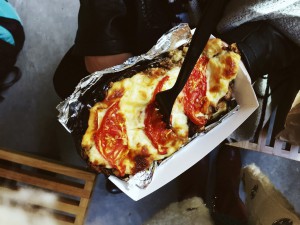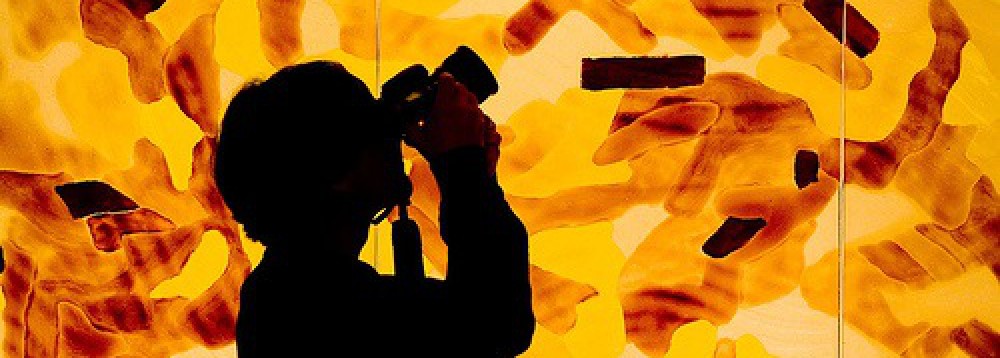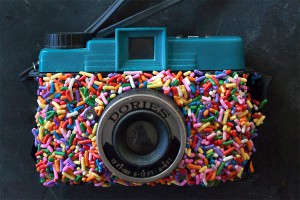It’s amazing and unique how Walker Evans came up with an idea of hiding the camera under his coat to capture people in the subway lost in their own thoughts and moods. It’s interesting to think about different people’s everyday routines, where they all go, what they do and who they are. Evans made a good decision keeping everyday commuters unaware of him taking photographs because when we all see a camera we naturally pose hiding our true face expressions and this would ruin the whole point of his style of photography. Walker Evans managed to capture the passengers on the NYC subway minding their own business in these unguarded moments, displaying a range of human emotions. He has created unposed portraits.
I’m my opinion, not much has changed from the time Evans took these photographs. Nowadays, the majority travels in the subway train with the same face expression which usually makes others feel like they don’t want to be bothered. We all use the subway rushing to get to our destinations, at the same time unwittingly people-watching.
Tag Archives: Culinary Arts
HW 3: Photographing Texture in Food
Food photography is all about texture and color. It is crucial to have a nice “feel” when looking at the image. The human eye can look at something and see details that the camera most likely can not capture so the photographer must use lighting to bring out the texture in order to make the dish look appeling and inviting. This is a picture of a Greek Moussaka – an eggplant-based dish, often including ground beef and tomatoes with cheese on top. My friend and I took this photograph while attending Smogasburg food market in Industry City Studios in Sunset Park. Moussaka has a delicious taste to it. Very tender, juicy and smooth. Grilled cheese and tomatos on top make the dish very appertizing. 
Ahmet Degirmenci Food & Photography
I think taking a photograph of the food is a big art. It has showed everybody’s daily life and culture over the years. While the time goes quickly, your need would change as well. People’s need keep changing all the time, so it is always better to taking photographs what was your culture and what it is now. Food plays a big role in cultures. All these photographs will present us in the future. After centuries people will look at the photographs of our food culture and will try to understand how was our eating habits, how healthy we were and how creative we were. Same for us, now we look at the photographs of the food last 50-100 years and figuring out how was their food culture, what was the food like, photographing the food was an art? Photographing the food is an art, just like the producing and presenting the food. I believe who ever takes a photograph of the food, is creating a documentary for future, without knowing it.
Ahmet D.
What is “The Art of Food” Learning Community?
This learning community explores the “art” in the culinary arts. Can we look at food in aesthetic terms of art, beauty, and taste? Can we appreciate food like a work of art? Our learning community is comprised of first-year Hospitality students in Culinary Arts I or Baking and Pastry I, join together in the History of Photography with a focus and a lens on food as art.
Increase the scope of your learning by enrolling in this exciting and ground breaking learning community. Meet and connect with faculty across disciplines. Discover the interconnectedness of disciplines within the college, between Humanities (HUM) and Hospitality Management (HGMT) and the worlds you will work in. Gain a new ‘lens’ from which to view your chosen course of study!
To become a participant in the FYLC students are required to register for:
Either HMGT1203- Culinary Arts I OR HMGT1204 Baking & Pastry I
PLUS
ARTH1100 – History of Photography*
(* ARTH 1100 fulfills a Creative Expression course, Liberal Arts course, or Open Elective )




